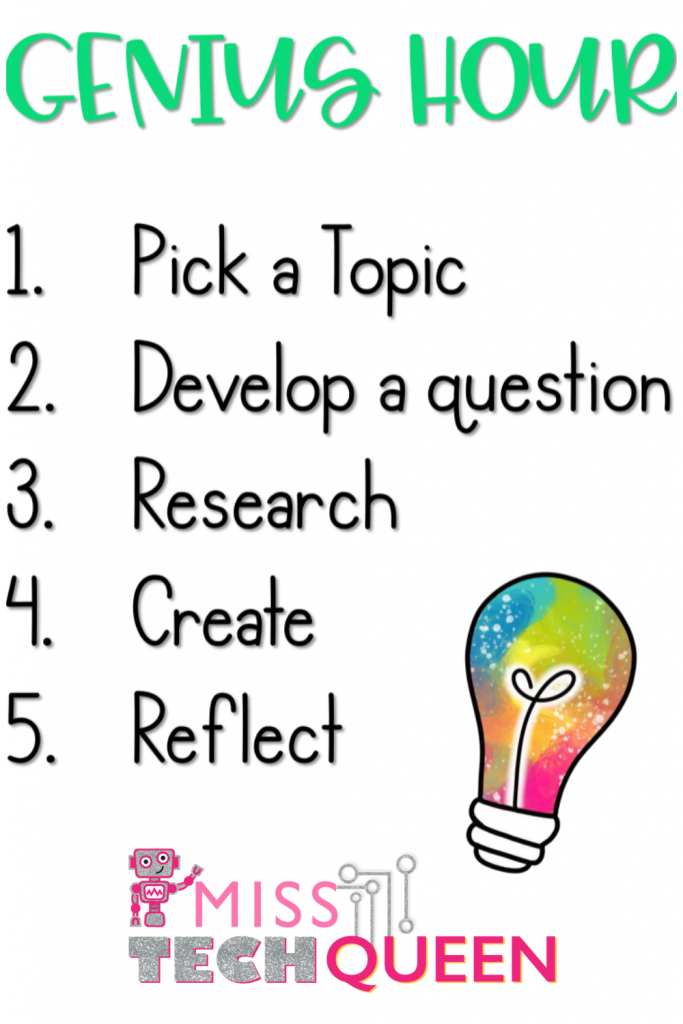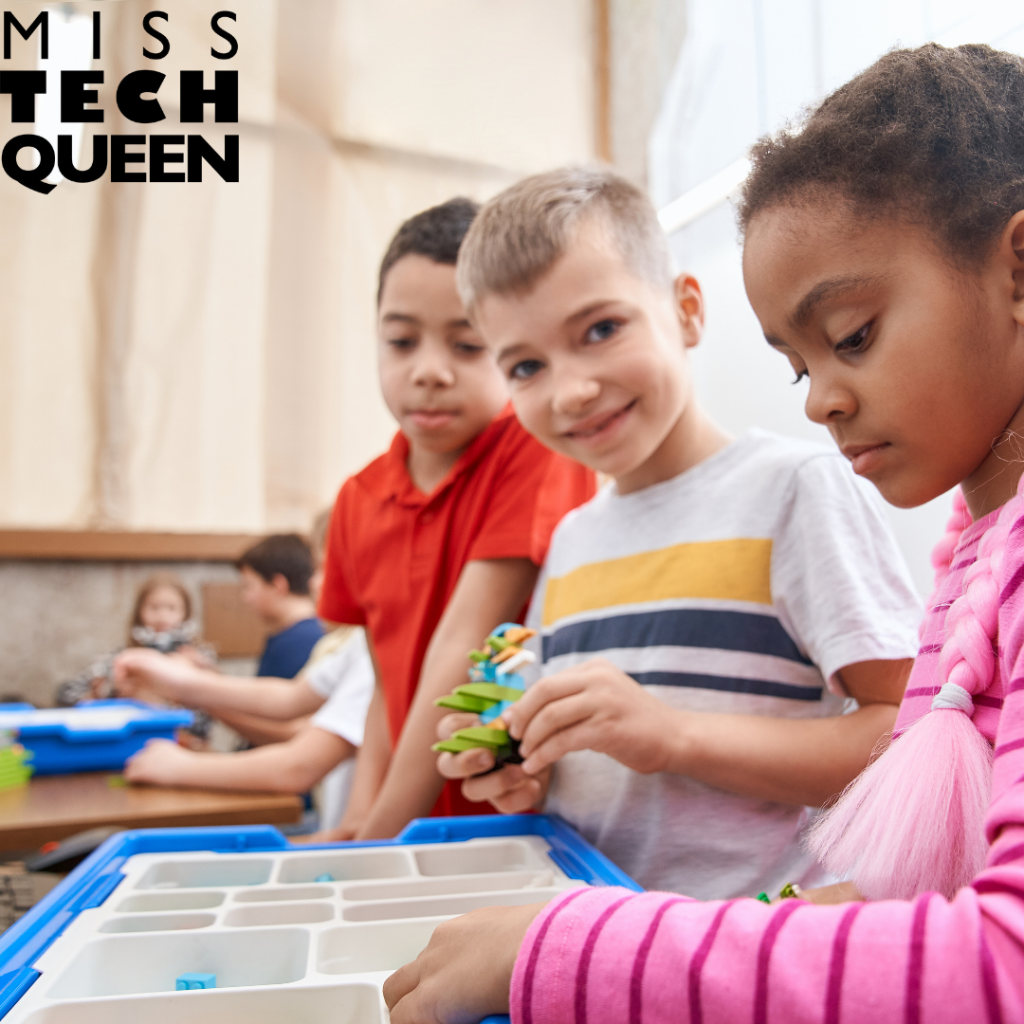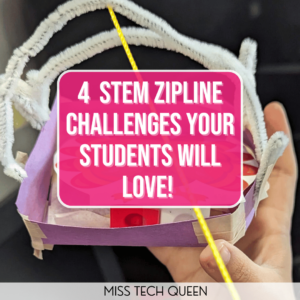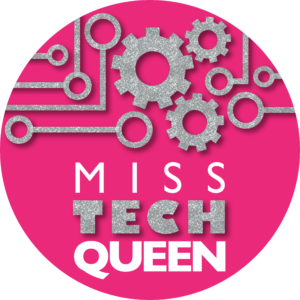
How to Start Genius Hour in Your Classroom
Empowering students by giving them more voice and choice in the classroom doesn’t have to mean all-out chaos for the teacher. On the contrary, giving students dedicated time throughout the week to work on something they are passionate about encourages creativity and critical thinking. This is where genius hour comes in. With a little teacher facilitation, students are able to explore what interests them and share their interests with others. I am really excited to share with you how I have successfully integrated genius hour into my curriculum.

What is Genius Hour?
Genius hour is a movement started by our friends at Google. They were looking for ways to keep their engineers feeling inspired and creative. By giving their engineers 20% of their work time to focus on ANYTHING they were interested in, they found their employee’s productivity actually went up!
Of course, educators realized this was something they could successfully implement in the classroom as well. Educators all around the world are using genius hour as part of their curriculum. This works by either giving students a dedicated hour once a week or 20% of each day to work on their very own passion project. During this time you are promoting inquiry, research, creativity, and self-directed learning.
Getting Started With Genius Hour in Your Classroom
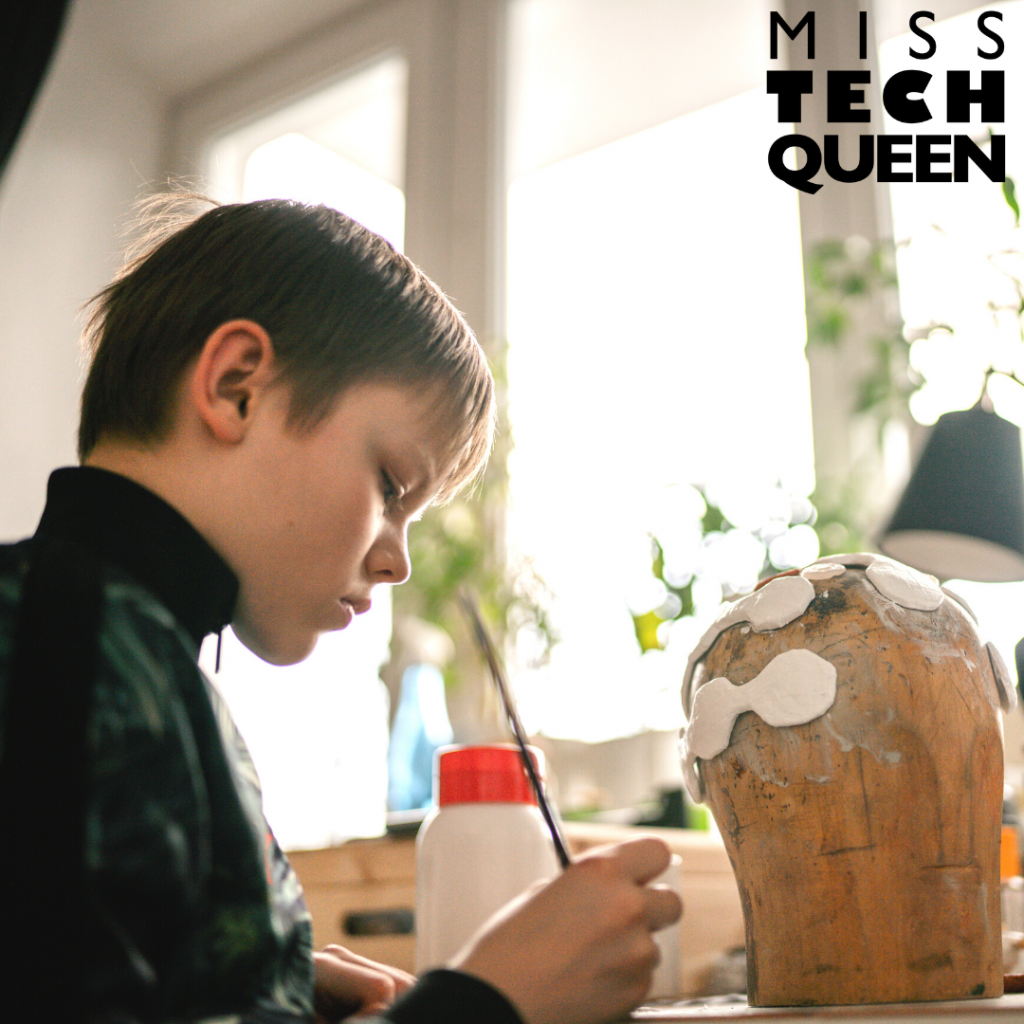
It’s important to frame genius hour as a time for students to be researching and completing self-directed learning. This doesn’t mean it’s a free-for-all chaos fest.
Talk to your students before setting up your genius hour time. Make sure to set clear expectations and hold students accountable.
Decide when you want your projects to be completed and how many you will do over the course of the school year.
If you have younger students, it might be good to choose a shorter timeframe whereas older students will be able to do more research and create more in-depth projects that will need a longer time frame.
Creating a process for students to follow while working on their genius hour project will help keep everyone organized and on track. I use my Genius Hour Teacher Kit as a way to easily get my students started and organized while working on their genius hour projects.
1. Pick a Topic
I give my students time to brainstorm what they’re passionate about. This is a great time to refer back to the design process. I made a great Youtube video explaining the design process if it’s not something you are familiar with.
2. Develop a Question
This is the driving question for your student’s project. Frame it as an open-ended question for students to answer thoughtfully. Students should avoid questions that can be answered with a yes or no answer since once they find that answer they tend to stop looking. Instead, we want students to develop a question that they will need to answer through their genius hour project.
Some examples could include:
- How can we keep ocean animals for eating plastic?
- How can I help my grandma walk her dog?
- Can music heal the sick?
- How can art be created from old machines?
3. Research
This is such an important step in the project process. Students will learn about researching with a variety of tools, not just the internet.
One of those tools is asking those with experience in the area. If you have older students, consider pairing them up with an expert in the field that’s willing to communicate with them through email, video, or phone call. For younger students, it may be helpful to ask parents to be experts and invite them in for a “pick your brain” day. This gives your students some really valuable real-world experience too!
4. Create
Now, it’s time to get down to business. Students should use as many found or recyclable materials as possible to complete their project.

This not only saves you, and parents, money, but also teaches students to be resourceful when it comes to hands-on projects. If students don’t like the thought of their “great idea” being made with recycled materials, remind them that they are creating a prototype. If the prototype is successful they can include information in their project about the materials that would be used to create the real thing.
5. Reflect
Gone are the days when students finish a project without taking the time to reflect on the process and outcome. I always encourage my students to reflect on their work. I love giving my students the opportunity to look back on their project and think about how it can be improved. You can even let them continue to make improvements to their project during the next genius hour unit.
6. Show it Off!
When your students finish a Genius Hour project you want to make sure to show off all their hard word. If you have the room, it may be fun to host a “show-and-tell” in the school library. This will give students an opportunity to show off their amazing creations and also answer real-time questions about the product and its creation.
You can also consider setting up an interactive museum in the hallway of the school. Students can stand by a small desk with their project. Parents, staff and other classes can visit the museum to see the creations and ask quesitons.
And . . . if just displaying the projects fits best in your schedule, then ask about using space on the top of library shelves, in the front office, or in a display case. Your students will love seeing their project on display.
Use Technology To Keep Yourself Organized
Using Google forms to help organize genius hour is super helpful. It allows you to keep everything in one easy to access spot. Be sure to set up your Google forms before the start of the project. It will help hold students accountable. With the ability to keep track of student’s topics, research information, questions, and reflections, you will be able to track progress and keep students motivated and on task.
Genius Hour in Your Classroom
I have no doubt that Genius Hour will be a huge hit in your classroom. Parents will also love watching their children work through the process of creating something they are proud of.
Because theseprojects are student led, your students will feel a sense of pride and independence while working on and completing their projects.
Looking for an easy to use resource to help get you start Genius Hour in your classroom? Be sure to check out my print and digital genius hour teacher kit which includes everything you need to start and complete successful genius hour projects with your students.
Pin it!
Be sure to pin this to your favorite Pinterest teacher page so you can come back any time for lots of great genius hour ideas in the future.
Share it:
- Read more about: Makerspace, STEM

